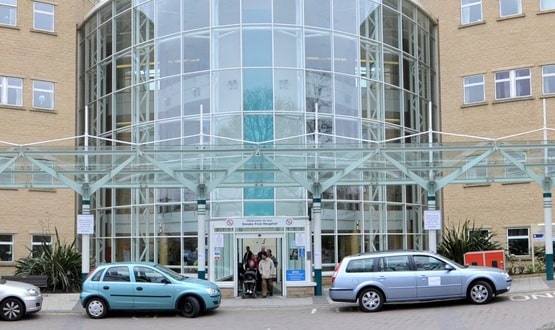DHI snapshot report shows digital maturity of most NHS trusts remains low
- 26 July 2023

Few NHS trusts are yet to reach the top levels of the international HIMSS digital maturity benchmark, research published in Digital Health Intelligence’s new snapchat report on NHS acute trusts and their digital maturity has shown.
The new publication from Digital Health Intelligence, titled ‘Snapshot report: digital maturity of NHS acute trusts’, examines the progress of NHS acute trusts on digital maturity against the HIMSS Electronic Medical Record Adoption Model (EMRAM) model, which until recently was NHS England’s preferred benchmark for hospital digital maturity.
Digital Health Intelligence, the most detailed market intelligence service for UK health IT, asked trusts what level of maturity they had reached on the seven-tier maturity model, with the results showing that the vast majority of NHS hospitals have low digital maturity.
The responses demonstrate that 76% of NHS acute trusts have not yet achieved level 5 of HIMSS EMRAM. NHS England previously required NHS trusts in receipt of national investment to achieve HIMSS Level 5 and above.
However, the research from Digital Health Intelligence shows that the NHS has fewer than a dozen hospitals that have reached the highest levels of digital maturity. Less than 9% of the total have achieved HIMSS EMRAM levels 6 and 7, including Alder Hey Children’s NHS Foundation Trust and Chase Farm Hospital.
The HIMSS EMRAM model, which measures clinical outcomes, patient engagement, and clinician use of EMR technology, is due to be replaced by a new Digital Maturity Assessment after NHS England commissioned McKinsey to develop a new NHS-specific benchmark.
Jon Hoeksma, CEO of Digital Health, said: “The NHS has long grappled with how best to measure progress on digital maturity and changes to assessment models seldom help. This leaves trusts in an anomalous position of having been exhorted to achieve digital maturity against the HIMSS EMRAM model, now facing rules that have been changed.
“Those trusts that explicitly procured systems against a business case of achieving level 6 or 7 will likely invest in the assessment and validation required. But others are likely to wait to see how the new DMA will evolve and be used.”
He added: “Our research is published at a time when the NHS faces some punchy targets for digitisation and EPR installations. It marks the start of a new series of Digital Health Intelligence snapshot reports with further reports coming on digital ICS leaders, virtual wards, and patient engagement.”
For more insights, download the full report: Review into the Digital Maturity of NHS Acute Trusts.
The data was collected from responses from 132 NHS acute trusts between June 2022 and August 2022.



